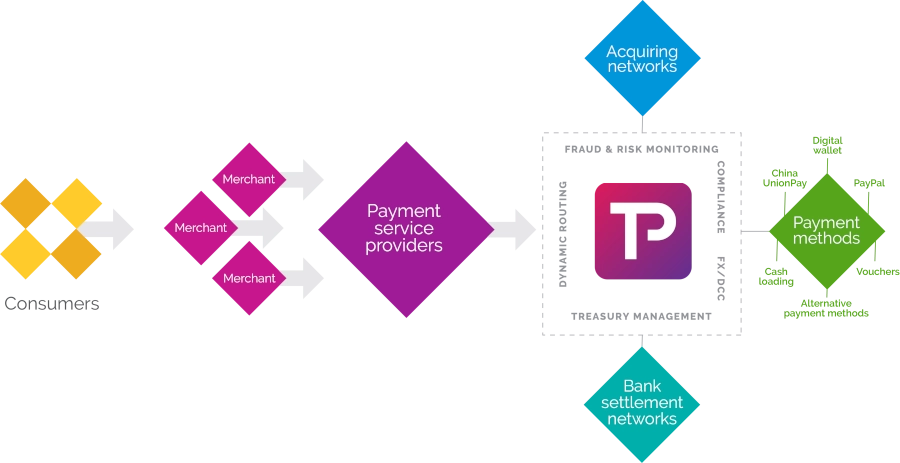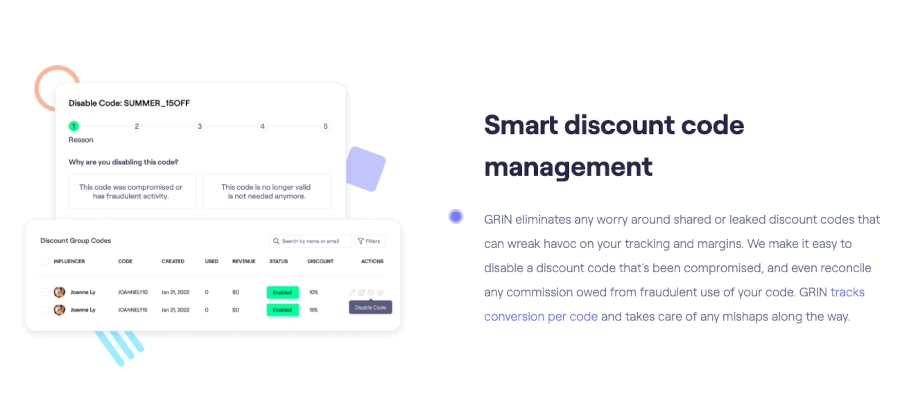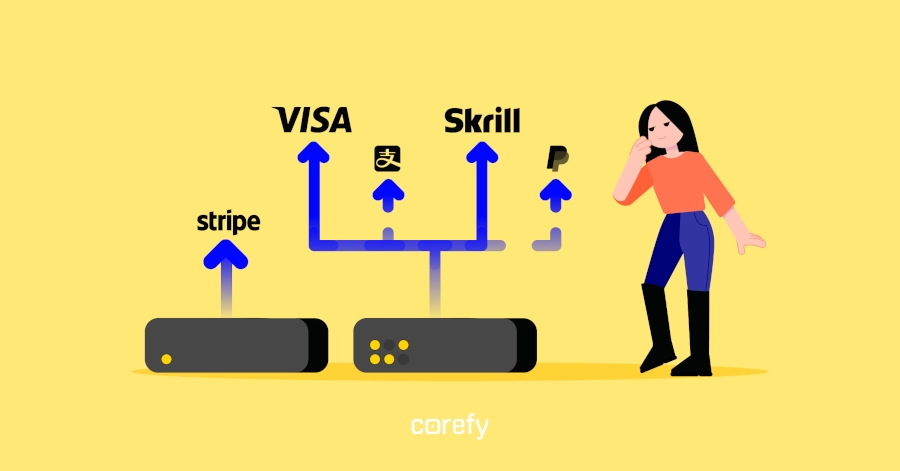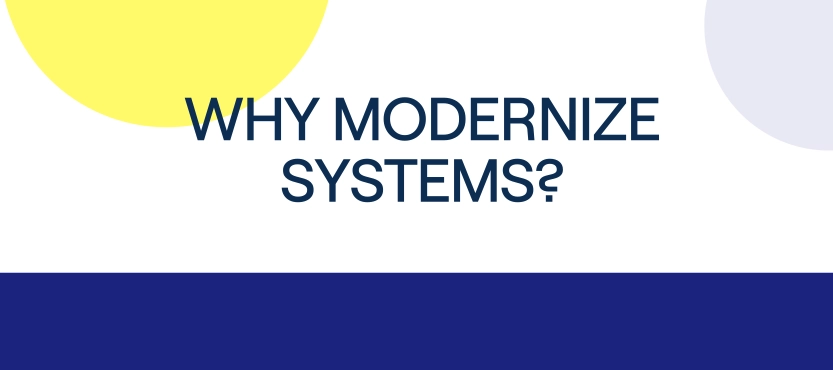Reading Time: 13 Minutes
GRIN also recommends this free guide:
How Much to Pay Influencers, Creators & Brand Ambassdors
Download GuideDynamic payouts help you create tiered incentives and customizable rates. These will help you reward partners fairly for driving traffic and sales. With flexible and transparent partnerships, it becomes easier to have long-term business relationships with your partners and sub-merchants.
This article takes you through everything you need to know about dynamic payouts. You’ll learn its benefits, challenges, and best practices. You’ll also see the factors to consider when setting up the system and the future of dynamic payouts.
Let’s get started!
Dynamic payouts are solutions that see credit split between partners across the conversion journey. Since customers interact with different partner types throughout the research and buying process, each partner should receive a share of the commission earnings.
Dynamic payouts are different from traditional payouts in many ways. They allow you to pay everyone fairly for their contributions. You can adjust commission rates on performance rather than arbitrary positions in the marketing funnel.
Since partnerships thrive on increased transparency, dynamic payouts work best for any business leveraging multiple partnerships. Let’s use software companies as an example. Most SaaS marketing strategies involve several partners like affiliates and influencer marketers.
The same thing happens in the ecommerce industry, where affiliates, content creators, and other partners are involved.
Dynamic payouts help you set different goals and assign a commission percentage for each according to priority. You can then communicate this with your partners so that everyone knows about it.

Dynamic payouts facilitate faster payouts. You can pay for products and services delivered to you from other countries using card brands within a day. You also get to decide whether to pay for the products weekly, daily, or monthly. You can also split payments across multiple bank accounts.
The dynamic payout system uses a complex formula or a tiered billing structure to calculate the fees to charge service providers. All this makes for more accurate, efficient, and balanced payouts.
Also, fees are charged at a transactional level. This is known as transactional pricing. This happens when a customer is charged based on the number of transactions done in a specified time. Ultimately, you get cost-saving benefits from dynamic payouts.
Dynamic payouts can also help you save on costs through their closed-loop transaction feature from payment to payout. This means they reduce your dependency on other vendors to complete payments, therefore saving you fees.
Additionally, dynamic payouts help you get rid of the historical payout failure rates that have plagued traditional payout systems. In other words, due to their accuracy and efficiency, payments rarely fail. This then minimizes the costs associated with the Payment Card Industry (PCI).
Overall, you achieve a better partner and customer experience when using dynamic payouts.
When implementing dynamic payouts, the first thing to consider is your agreement with your sub-merchants, customers, or partners. Did you agree for payments to be made weekly, monthly, or daily?
Also, consider which payment platform you will be using. For instance, which card company do your partners and customers prefer? Here’s a diagram showing the flow of funds in a dynamic payout system.

Image via TechToPay
Additionally, consider whether you have any unique partners who would need custom payout structures created for them. These are partners that may be entitled to more income than the rest.
In that case, ensure you create a special structure for them as you set up your dynamic payouts. Use generative AI to create new instructions for your dynamic payout system. Tools like Ask Writer (shown below) let you create this kind of content with ease. You just need to insert the right prompts, and it will generate the content you need.

You can use GRIN’s commission tiers to reward your top-performing affiliates or partners.

Security considerations should be at the top of your priorities list when it comes to dynamic payouts token systems. Ensure your systems cannot be breached by cybercriminals and payments diverted to a different location.
This ties in with risk management and fraud prevention. Choose a dynamic payouts tool with a track record of top-notch cybersecurity systems.
Data management and integration are also key. Integrating data makes it easier to manage all your partners or customers in one place. As shown below, create a system that will allow you to work with all complimentary applications and software services without much restriction. That way, you won’t have to switch from app to app when conducting payouts.

Finally, get to know the laws governing payout systems in your state or country. Regulatory compliance is key to the success of your dynamic payout system.
Due to their flexible nature, dynamic payouts can cater to various businesses of different kinds and across multiple sectors.
Dynamic payouts can help ecommerce platforms when it comes to returns and refunds. Refunds usually take 3-5 business days to be released. However, with dynamic payouts, ecommerce stores can initiate and complete the refund process in minutes.
Dynamic payouts can help gaming companies process online gaming prizes with ease. Companies like the dynamic payout Bingo game can process these prizes instantly and without any delays. These Bingo game machines would otherwise take several days to process these payouts.
The gig economy and influencer marketing have taken the world by storm. More companies prefer on-demand services rather than employing full-time staff for some positions. Dynamic payouts allow freelancers to track their earnings in real-time and get paid in one business day. This is faster than traditional payouts would allow.
Insurance companies can pay their affiliates and advertisers quicker using dynamic payouts. This is done using the values that determine a lead score, such as the customer’s age, gender, and insurance type.
That makes it easier to determine the affiliate’s commission and pay it out in seconds. In the same way, insurance claims can be processed quickly and sent to the customer within a short time.
Dynamic payouts are not without pitfalls.
First, data security and privacy concerns are real issues. Since dynamic payouts require sensitive customer information to work effectively, they pose a challenge to companies to ensure customer data is safeguarded.
Some companies still have outdated legacy payout processes, which makes it difficult for them to integrate modern dynamic payout systems with these old systems. This makes some businesses stick to traditional payouts, even though they are not as beneficial for them.
The image below shows the benefits of upgrading your legacy systems.


Image Data via Data Science Central
Managing risks and preventing fraud is also a serious challenge for dynamic payouts. Some payouts contain large amounts of money. Any fraudulent attempts on such payments could lead to huge losses to the company and its partners. Therefore, securing transactions is of utmost importance.
Compliance with the financial regulations of the state or country can also be a challenge. Some laws need to be updated to support the functioning of dynamic payouts.
In addition, some top decision-makers are resistant to change and prefer to remain with their current payout systems. This makes it challenging to implement dynamic payouts in companies.
You can take several steps to ensure your dynamic payout system is successfully implemented.
The first is to start with a plan. Prepare thoroughly for your system set-up. Get all the necessary details you need from your merchants and partners, along with their preferred mode of payment. You can use tools for group communication to talk to them. The good thing about these tools is that you can easily check your chat history if you need to look for specific details you already discussed beforehand. Just make sure you create different group chats for each merchant or partner.
Second, do your research and find out the best tool and system to use for the smooth running of your dynamic payouts. You can also use this research to advise your merchants on the best platform to receive their payments.
During the research stage, make sure that the platform you choose has sophisticated security features. It should protect both your data and that of your partners. Update the tool regularly to get the latest security features and keep yourself protected at all times.
The final step is to keep evaluating your dynamic payout choices to make sure they are running smoothly as per your needs. Feel free to give new payout rules to your system whenever the need arises.
The future is bright for dynamic payouts. Regulations are catching up with the rapid growth of dynamic payouts.
Innovations in dynamic payout systems are expected to continue. Systems are expected to be more efficient and take less time or effort to set up and manage.
Additionally, modern computer systems are outnumbering legacy payout processes. This will continue to make integrations easier for dynamic payout systems.
Overall, more companies are expected to embrace dynamic payout systems. This will allow them to accommodate more partners and keep long-term relationships with affiliates, influencers, and sub-merchants.
Dynamic payouts split credit between partners across the conversion journey. This makes sense since customers interact with different partner types throughout the buying process. Therefore, every performing partner should receive a share of the commission earnings.
This article explored the benefits of dynamic payouts, factors to consider when setting the system up, some use cases, challenges, and best practices when it comes to dynamic affiliate payouts.
You also saw the future of dynamic payouts and what the landscape will look like in a few years. Now that you’re equipped with the right knowledge, you can now set out to implement that dynamic payout system that works well for your business.
Our team keeps a finger on the pulse, so you’re always working with the latest information.